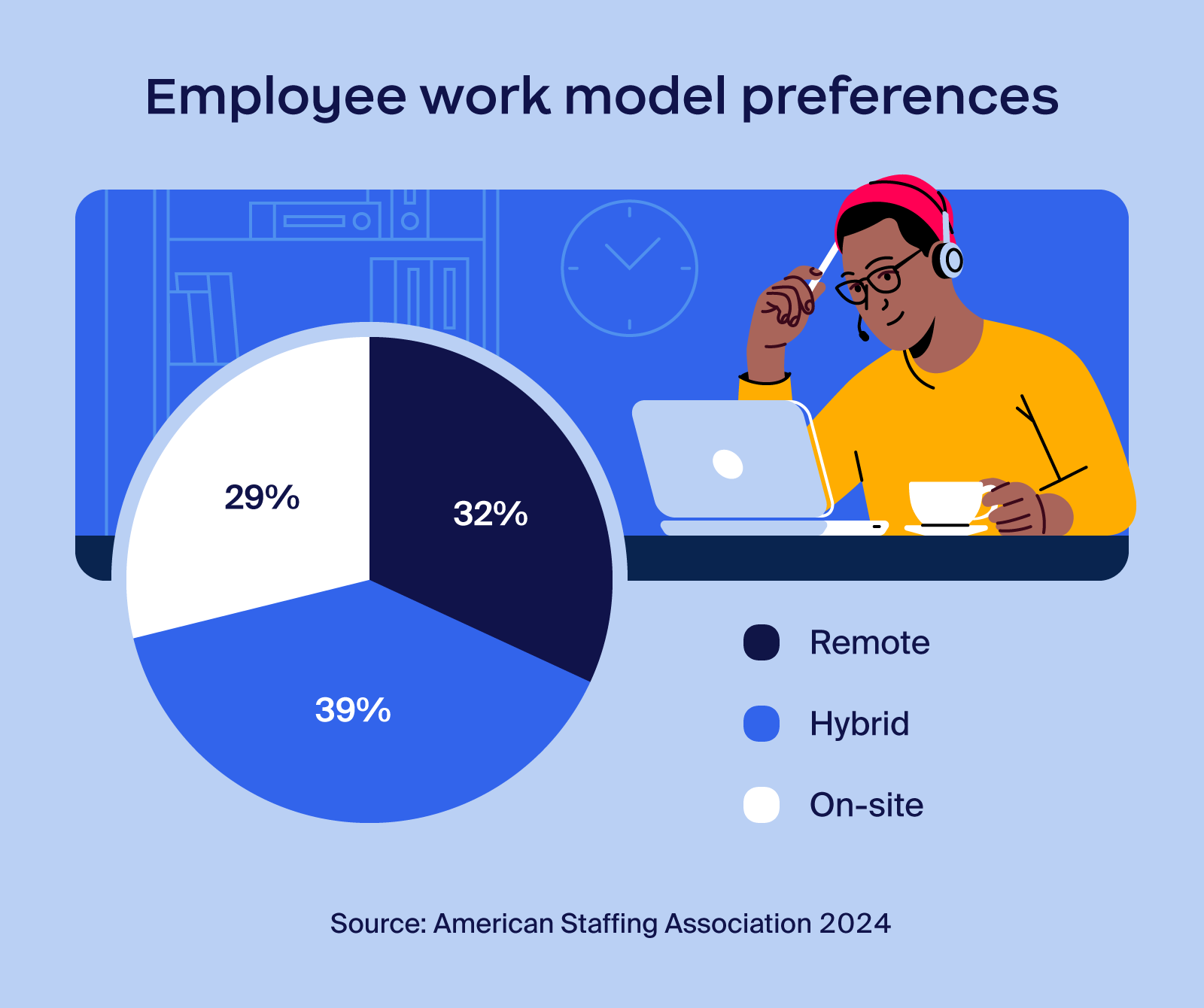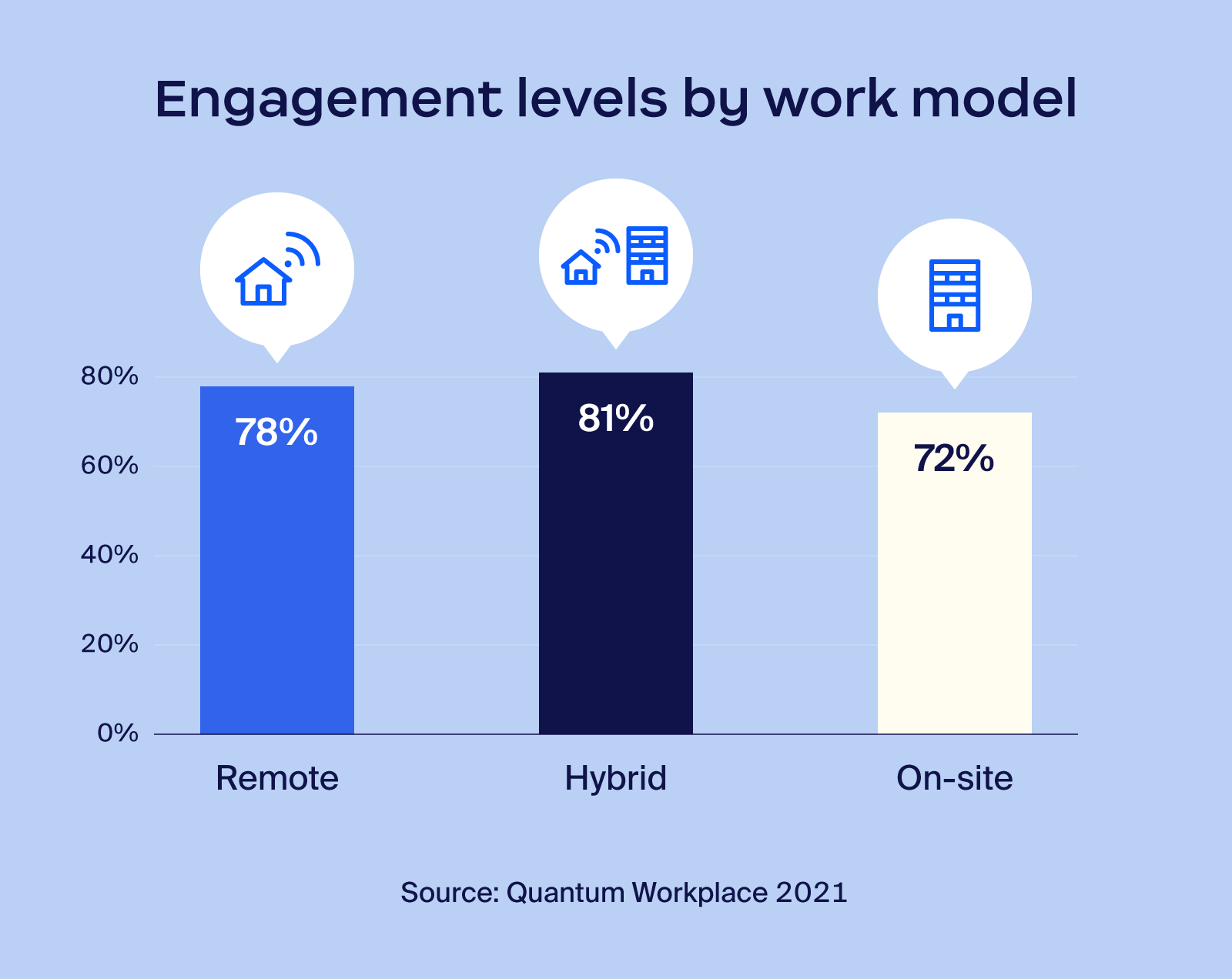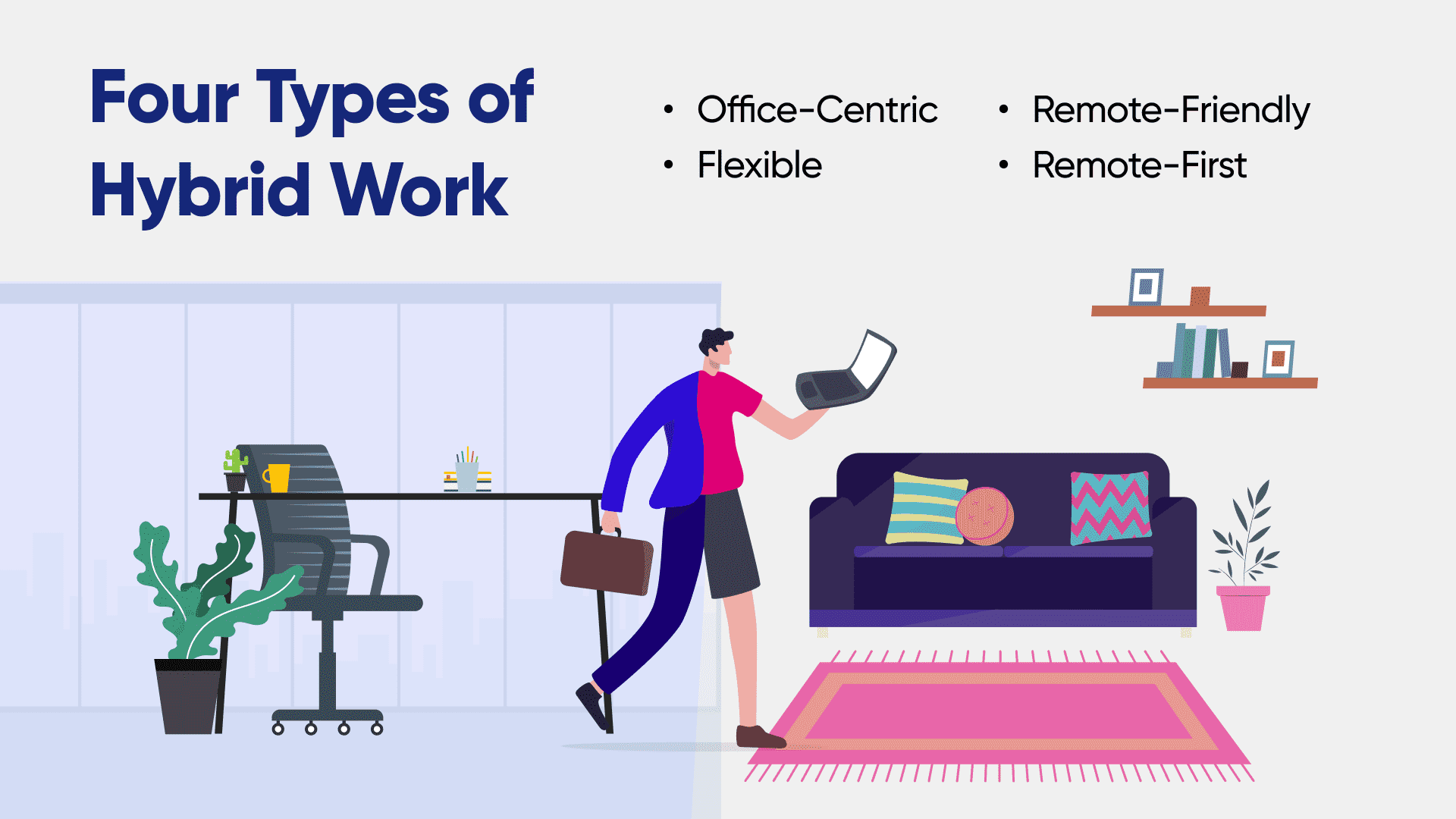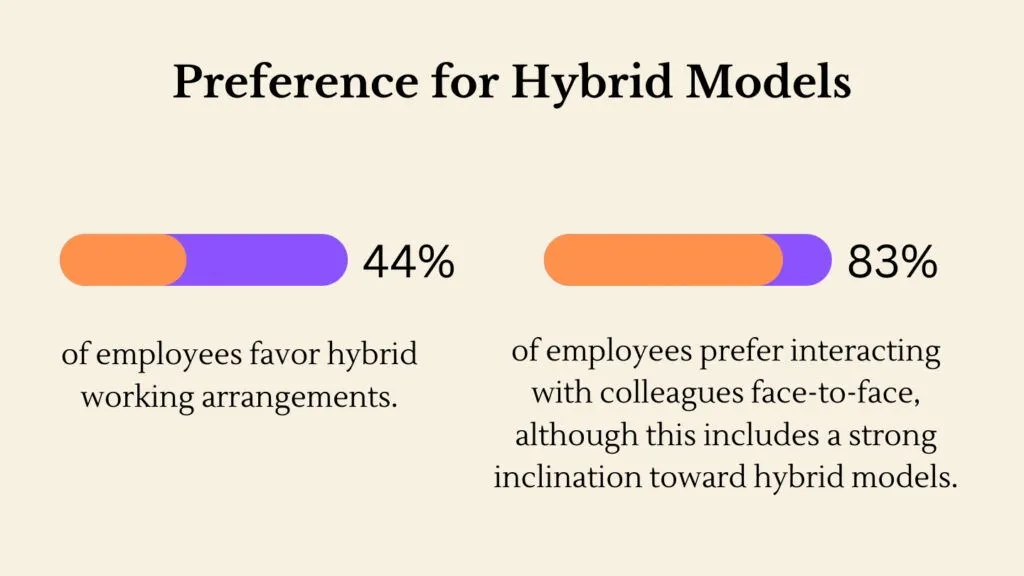Employees' Preferences: Remote vs Hybrid Work in 2024
Overview of Employee Preferences in 2024
Current Trends in Remote and Hybrid Work Preferences
Remote and hybrid work models have become increasingly popular. Many employees now prioritize flexibility in their job search. In fact, a study by Quantum Workplace found that 32% of employees prefer to work fully remotely, while 41% favor a hybrid setup.
This shift highlights a growing desire for work-life balance. It also reflects the advancements in technology that enable seamless remote collaboration.
Statistics on Employee Preferences for Remote Work
A significant portion of the workforce now prefers remote work. According to a Statista report, 91% of employees worldwide prefer to work fully or almost completely remotely.

In the US, 58% of white-collar workers prefer working remotely at least three days a week. These statistics underscore the strong preference for remote work options among employees.
Factors Influencing Employee Choices
Several factors influence employees' choices between remote and hybrid work. These include the desire for flexibility, reduced commuting time, and better work-life balance.
A Buffer study revealed that 22% of remote employees value managing their own time. Additionally, 19% appreciate choosing their living location based on preference rather than work requirements.
Benefits of Hybrid Work for Employees
Flexibility and Work-Life Balance
Hybrid work offers a balance between remote and in-office work. This model allows employees to enjoy the flexibility of working from home while still benefiting from in-person interactions.
Employees can better manage personal and professional responsibilities. This flexibility can lead to reduced stress and improved overall well-being.
Enhanced Collaboration Opportunities
Hybrid work facilitates both in-person and virtual collaboration. Teams can meet in the office for brainstorming sessions and project kick-offs.
They can also use video conferencing tools for ongoing communication. This blend ensures that employees stay connected and engaged, regardless of their location.
Increased Engagement and Job Satisfaction
Hybrid work can lead to higher levels of employee engagement and job satisfaction. A Gallup study found that a hybrid model is better for employee wellbeing.

Employees appreciate the autonomy and flexibility that hybrid work provides. This can result in increased loyalty and reduced turnover rates.
Challenges of Remote Work in 2024
Common Issues Faced by Remote Workers
Communication Barriers
Remote work can sometimes lead to communication challenges. Misunderstandings may arise due to the lack of face-to-face interaction.
Teams need to rely on digital tools. Ensuring clear and consistent communication is crucial for maintaining productivity and collaboration.
Feelings of Isolation
Working remotely can lead to feelings of isolation. Employees may miss the social interaction and camaraderie of the office environment.
This can affect morale and team cohesion. Employers need to find ways to foster a sense of community among remote workers.
Impact on Mental Health and Well-being
Remote work can impact mental health and well-being. The lines between work and personal life can become blurred.
This can lead to increased stress and burnout. Employers should encourage employees to set boundaries and prioritize self-care.
Strategies to Mitigate Remote Work Challenges
To address these challenges, companies can implement various strategies. Regular virtual check-ins and team-building activities can help maintain connections.
Providing resources for mental health support is also important. Clear communication protocols and the use of collaboration tools can enhance remote teamwork.
The Impact of Work Environment on Employee Productivity
Comparison of Productivity in Remote vs Hybrid Settings
Productivity can vary between remote and hybrid work settings. Some studies suggest that working from home can increase productivity by 13%.
Hybrid models also show positive results. Employees benefit from focused work at home and collaborative efforts in the office.
Key Environmental Factors Affecting Performance
The work environment plays a crucial role in employee performance. Factors such as lighting, temperature, and noise levels can impact productivity.

A comfortable and well-designed workspace can enhance focus and efficiency. Employers should consider these factors when designing both home and office workspaces.
Case Studies and Research Findings
Research by Stanford University found that hybrid work boosts employee retention and has zero effect on productivity. Companies like Trip.com have seen a 33% reduction in resignations among hybrid workers.
These findings highlight the benefits of hybrid work. They also challenge the notion that remote work is detrimental to productivity.
Future Outlook of Work Preferences
Predictions for Remote and Hybrid Work Models
The future of work is likely to involve a mix of remote and hybrid models. Companies are increasingly recognizing the benefits of flexible work arrangements.
As technology continues to advance, remote collaboration will become even more seamless. This trend suggests that remote and hybrid work will remain popular choices for employees.
Influence of Technology on Work Preferences
Technology plays a crucial role in shaping work preferences. The global video conferencing market is projected to grow significantly.
It will reach $60.17 billion by 2032. Tools like video conferencing and collaboration platforms enable effective remote work.
The Role of Organizational Culture in Shaping Preferences
Organizational culture significantly influences work preferences. Companies that prioritize employee well-being and offer flexible work options are more likely to attract and retain talent.
A culture of trust and autonomy is essential for successful remote and hybrid work models. Employers should focus on creating a supportive and inclusive environment.
Conclusion
Summary of Key Findings
Employee preferences in 2024 lean towards remote and hybrid work models. Hybrid work offers flexibility, enhanced collaboration, and increased job satisfaction.
Remote work presents challenges such as communication barriers and isolation. However, these can be mitigated with the right strategies.
Implications for Employers and Employees
Employers should consider adopting flexible work arrangements to meet employee expectations. Technology and organizational culture play vital roles in shaping these preferences.
Investing in tools and fostering a supportive culture can lead to a more productive and engaged workforce. The ability to work remotely is a critical factor in employment decisions, with video conferencing and other collaborative technology readily available.
Key Takeaways:
- Majority of employees prefer remote or hybrid work models.
- Hybrid work enhances flexibility, collaboration, and job satisfaction.
- Remote work challenges include communication barriers and isolation, but they can be mitigated.
- Technology and organizational culture are key influencers of work preferences.
- Employers should prioritize flexibility and a supportive culture to attract and retain talent.
